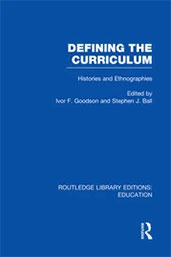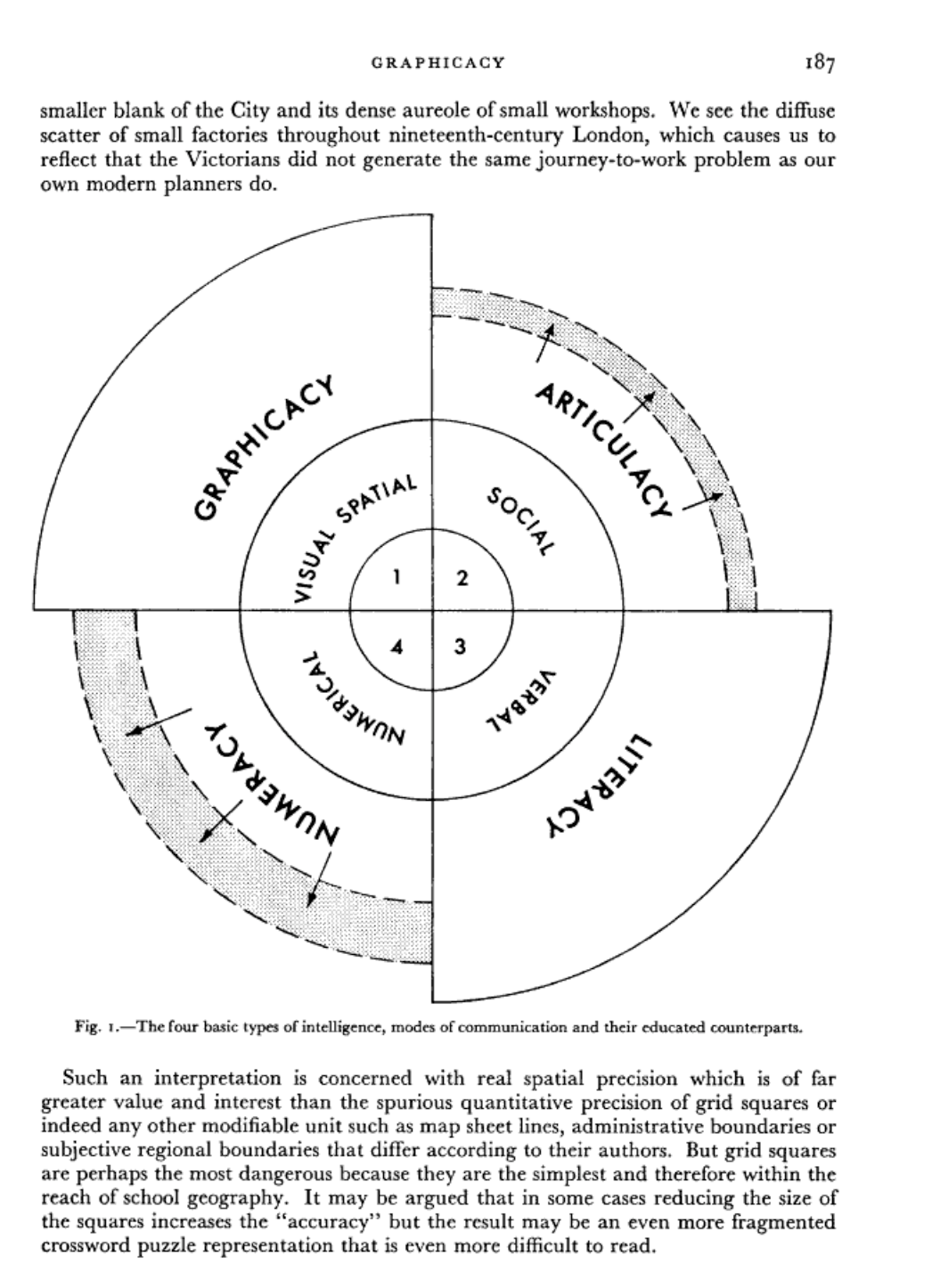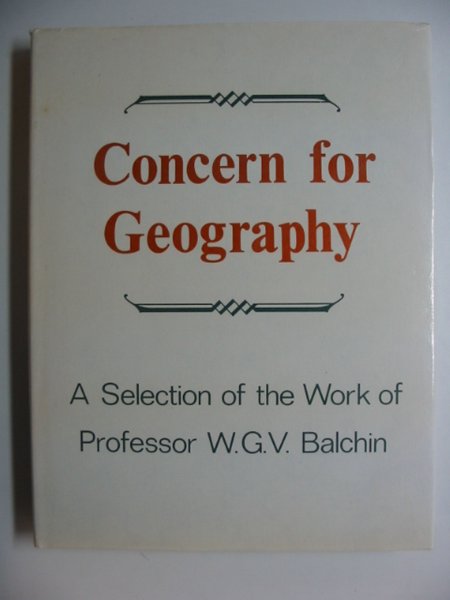
Last updated August 2023
Professor Robert W Steel was an academic geographer. He was connected with the University of Liverpool for much of his career and also had a connection with Swansea University.
He was involved in writing a history of the Institute of British Geographers and a number of books on the geography of Africa, and the Tropics.
He also edited the book:
British Geography, 1918-1945, published by Cambridge University Press, which described the early part of the 20th Century, and which I have referred to online during the writing of this blog.
One chapter was written by J A Patmore, another former GA President.

I was not initially able to find very much about Professor Steel, as with other Presidents from this period, as it predates most online documents but is also after the period when other documents exist.
Robert was born in
East Anglia, and was a fan of Norwich City FC, which provides a small personal connection.
I did find a description from the Liverpool University Archives.
Professor Robert Walter Steel CBE (1915-1997) began his academic career at Oxford University in 1938. As University Lecturer in Commonwealth Geography (1947-56), Lecturer in Geography, St Peter's Hall (1951-56) and Official Fellow and Tutor in Geography at Jesus College (1954-56), to which he had previously been affiliated as both an undergraduate and postgraduate, His wife Eileen was a fellow Oxford geography graduate.
Steel's main area of academic interest concentrated upon the political geography of Tropical Africa. He carried out early fieldwork in Sierra Leone.
Upon the death of Professor Wilfred Smith in 1956, he was offered and accepted the position of John Rankin Professor of Geography at the University of Liverpool.
Fully integrating himself into university life, Steel quickly became an important figure and was instrumental in the establishment of the Faculty of Social and Environmental Studies.
Indeed, until his departure from the University of Liverpool in 1974 to take up the position of Principal Designate at University College Swansea, he assumed much administrative responsibility and in addition to his role as Head of the Geography Department, he acted as Dean of the Faculty of Arts (1965-1968) and Pro-Vice Chancellor (1971-1973). Positions of great responsibility.
He had considered staying at Liverpool to end his career but was persuaded to move to Swansea.
In these days of decolonising the curriculum it's interesting that he taught Colonial Geography, which then became Commonwealth Geography.
Keenly involved with many geographic associations, Steel played a central role within the Institute of British Geographers IBG; acting as Member of the Council (1947-60), Acting Secretary (1948), Assistant Secretary (1949-50), Honorary Editor of Publications (1950-60), Vice-President (1966-67), President (1968) and Honorary Member (1974). Furthermore, he occupied the position of President in several other societies, including Section 'E' of the British Association for the Advancement of Science (1966), (1970-71) and the Inter-Universities Council for Higher Education Overseas (1971-81). He also wrote a Jubilee history of the IBG in 1984.
He was made an
Honorary Member of the GA, its highest honour, in 1982.
Steel's commitment to all geographic concerns is similarly demonstrated by his work for various government bodies. As well as spending the inter-war years working with the Naval Intelligence Division in an attempt to produce a handbook for soldiers posted to the Tropics, he was also employed by the War Office, Colonial Office, Social Science Research Council and Merseyside Social and Economic Survey. This makes him another of several GA Presidents who saw military service in this area, using their skills in intelligence.
Professor Steel sadly died in 1997, after being involved with the GA for over fifty years. A tremendous length of service to the Association. There are a few members with similar length of service around - they received badges during 2020.
His obituary was written by another former GA President and colleague:
Richard Lawton.

References
Professor Steel's papers are held at the University of Liverpool. Within those would be plenty of further information to complete this blog post:
http://sca-arch.liv.ac.uk/ead/search?operation=full&recid=gb141unistaffs-t-d91
Steel, R. W. “Some Geographical Problems of Land Use in British West Africa.” Transactions and Papers (Institute of British Geographers), no. 14, 1948, pp. 27–42. JSTOR,
www.jstor.org/stable/621259
Image: thanks to former GA President, Professor Andrew Goudie for sourcing this image.
If anyone has further information on Robert, and his time as GA President it would as always be appreciated.
British Geography 1918-1945, Edited by Robert.W Steel - published in 1987.
Chapter 12 was by J A Patmore, where he gave a personal perspective on the period.
In 1972, he gave a paper at the 22nd International Geographic Congress in Canada, which referenced several previous Presidents.
Steel, Robert W., and J. Wreford Watson. “Geography in the United Kingdom 1968-72: Report to the 22nd International Geographical Congress at Montreal, Canada, in August 1972.” The Geographical Journal, vol. 138, no. 2, 1972, pp. 139–153. JSTOR,
www.jstor.org/stable/1795958. Accessed 24 Apr. 2020.
Obituary published in 'Geography':
Lawton, Richard. “R.W. Steel 1915-1997.” Geography, vol. 83, no. 2, 1998, pp. 188–188. JSTOR,
www.jstor.org/stable/40573164. Accessed 20 July 2020.
Update
Thanks to Chris Kington for telling me that Robert Steel was good friends with Sheila Jones and Pat Cleverley - see later blog posts for more images.
Update October 2020
Image from University of Swansea post, written by David Herbert. The best image I've found so far of Robert.
Image: Courtesy of the Richard Burton Archives, Swansea University (reference UNI/SU/PC/9/1/2;75)
David Herbert said:
The RAE had a dramatic impact on universities. Now we had to focus on research and staff became much more aware of the need to publish; teaching was definitely pushed down the list of priorities. We saw that many staff were ‘research inactive’ and had not published for some time. Years later I was part of a conversation with Martin Harris, then Vice Chancellor at Manchester and one of the original authors of RAE. He admitted that they had sought to stimulate research at UK universities but had not fully anticipated some of the knock-on effects. There were of course other University level issues arising at that time, not least those emanating from the Department of Philosophy. These were not new. They had impacted immediately on Robert Steel when he became Principal. Robert was a geographer and I had known him before he came to Swansea. He once confided to me that he had been happily contemplating ending his career as John Rankin Professor of Geography at Liverpool before being tempted with the Swansea post. Certainly his early experience with the Swansea philosophers did not convince him that he had made the right choice. He settled well though with help from his successive Vice Principals, T.J. Morgan, Ivor Isaac and David Pritchard.
Update: December 2020
In 2003, Chris Kington asked a number of former Presidents what had sparked their passion for geography. He lent me the letters and a long standing member of the GA: David Cooper mentioned Robert as being particularly supportive of his plans to become a geographer.
He describes in Autumn 1954 having gained a scholarship "unexpectedly being taken into the care of Robert Steel. When he asked me what I wanted to be, I told him 'a University lecturer'. At Oxford, besides Robert Steel the other influences were Martyn Webb who I used to cycle up and down Cowley Road with...It was Robert Steel who encouraged me to research the Oxford Clay Vale Landforms."
Many thanks to Chris Kington for the loan of the letters.
Updated January 2021
Thanks to Elizabeth Steel for getting in touch in early January 2021 to provide a few additional details and corrections on this entry. I am very grateful.
Robert Steel was awarded a CBE in 1983, and joins other former GA Presidents who have received honours.
After he retired from being Principal of Swansea he became the Chairman of the Welsh Advisory Board from 1982-86. He also became an Honorary Fellow of Jesus College , Oxford from 1982.
In retirement he continued with his interest in Africa and was the British Council representative on the Councils of several African Universities. He went to meetings, I remember in Malawi and Lesotho
During his time at Liverpool three of his colleagues became Professors of Geography and have also been Presidents of the GA: Professors Gregory, Lawton and Patmore.
Updated August 2021
Also date of birth:
31 July 1915 – 29 December 1997
Robert Steel was educated at Great Yarmouth Grammar School and the Cambridge and County High School for Boys.
He then attended Jesus College, Oxford, matriculating in 1934 and obtaining a first-class degree in 1937.
He also presented at the GA Conference in 1980 at the LSE.






























